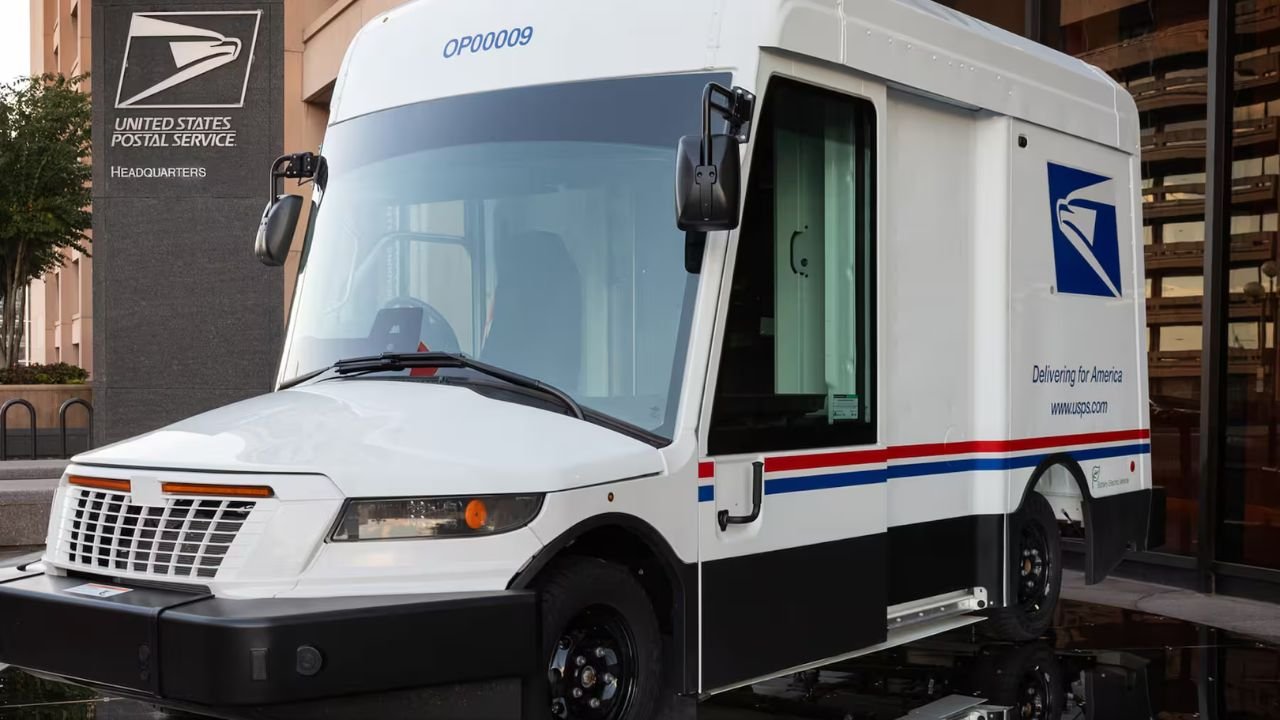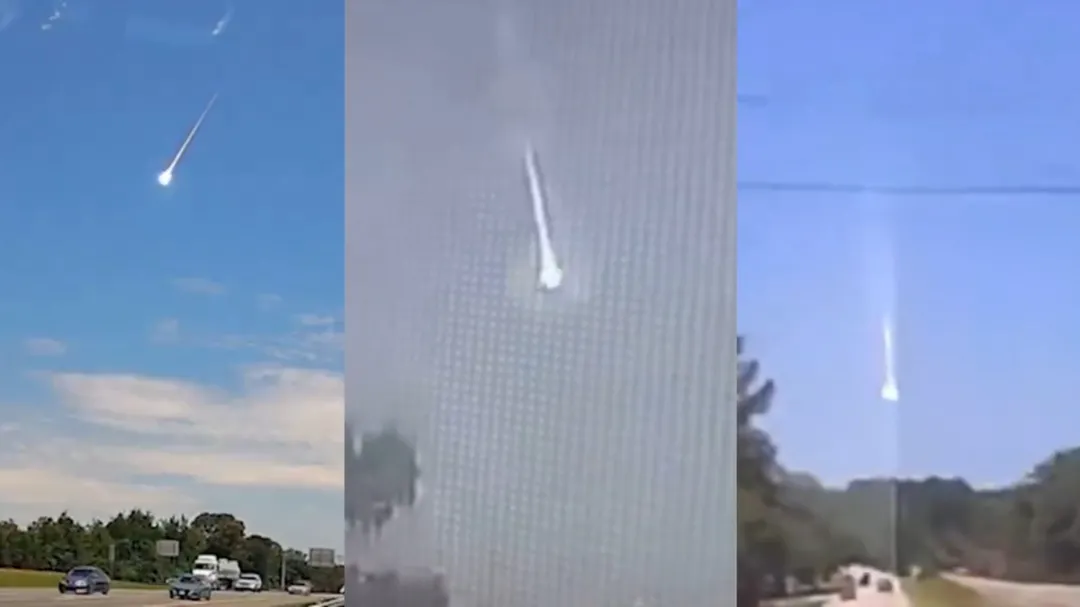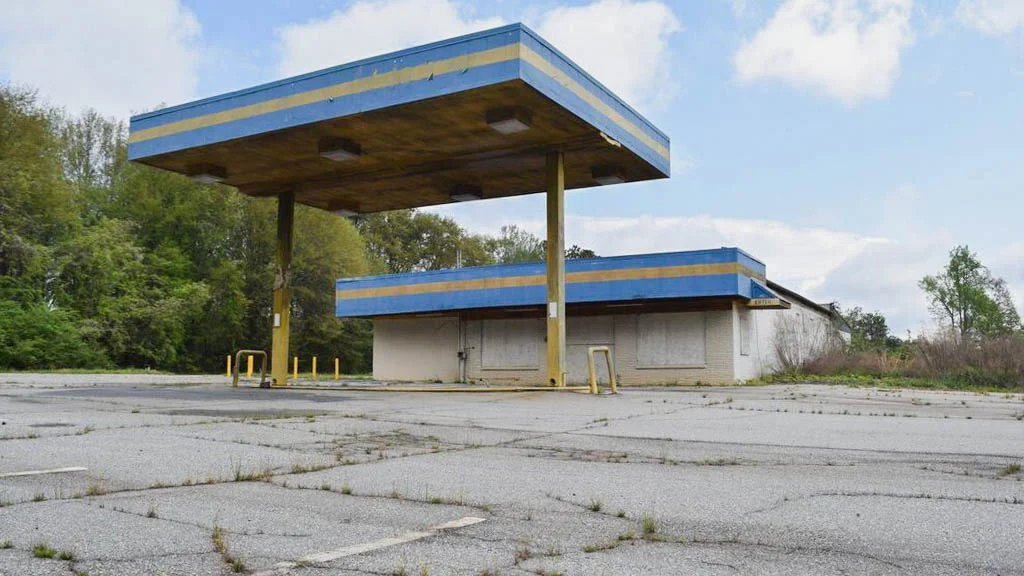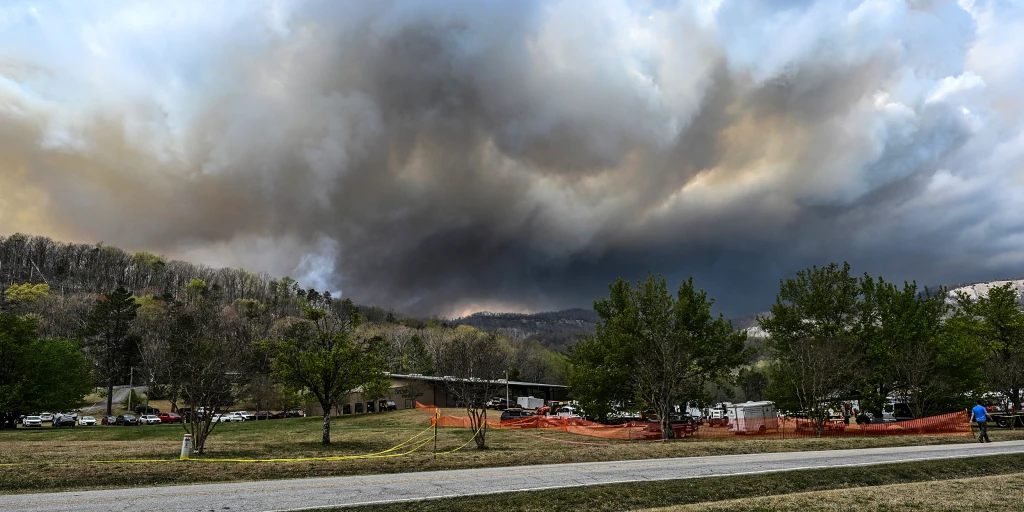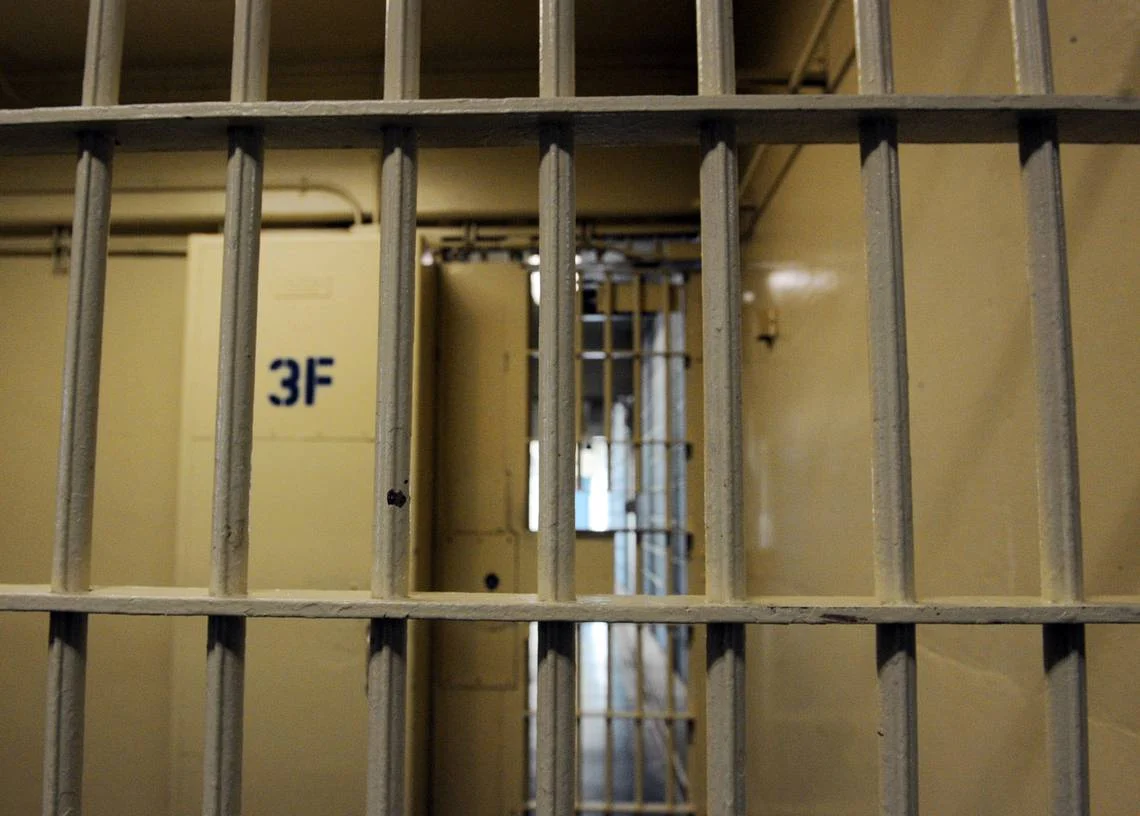SOUTH CAROLINA
— The U.S. Postal Service’s much-publicized push to modernize its delivery fleet with electric vehicles is falling significantly behind schedule, raising new questions about the viability of federal green energy goals and the government’s commitment to climate-friendly infrastructure.
In 2022, the Postal Service announced a bold plan to replace tens of thousands of its aging trucks with
Next Generation Delivery Vehicles (NGDVs)
, aiming for at least
60,000 new vehicles by 2028
, with 5,000 of them being electric. That number was later boosted to 3,000 electric units expected by 2024, following pressure from the
Environmental Protection Agency
and the
Biden Administration
.
But two years later, reality is painting a very different picture.
Just 93 Electric Trucks Delivered So Far
Despite the initial promise, defense contractor
Oshkosh
, which was awarded the manufacturing contract, has delivered only
93 electric trucks
to date, according to a detailed report by the
Washington Post
. That’s a fraction of the originally projected 3,000 vehicles.
Sources familiar with the manufacturing process revealed that engineers at Oshkosh have been dealing with serious
technical hurdles
, including issues calibrating airbags and preventing
water leaks
in the vehicles’ body and internal components.
What’s worse, the
South Carolina factory
responsible for assembling the electric fleet is currently only producing
one truck per day
, a far cry from Oshkosh’s goal of reaching
80 vehicles per day
.
Communication Breakdowns and Internal Disputes
Compounding the delays is a breakdown in communication between Oshkosh and the Postal Service. According to the
Washington Post investigation
, internal sources say that a senior Oshkosh executive tried to alert USPS officials about the growing delays, but was allegedly blocked by corporate leadership from escalating the issue.
Despite these challenges,
Oshkosh insists they remain on track
, with a company spokesperson stating the defense firm is “fully committed to being a strong and reliable partner” with the USPS.
Bigger Picture: Climate and Political Ramifications
The USPS’s failure to transition quickly to electric vehicles could
jeopardize broader federal climate targets
. The move to electrify government fleets is a cornerstone of
President Biden’s climate agenda
, aimed at reducing carbon emissions and modernizing public-sector transportation.
However, with the upcoming presidential election and political uncertainty looming, the program faces existential risk. According to
Reuters
, former President
Donald Trump’s transition team
is reportedly weighing whether to
cancel the EV mail truck program altogether
if he wins another term.
This could leave the Postal Service in limbo, stuck with aging gas-powered vehicles and minimal electric integration — and leave thousands of manufacturing jobs and billions in green investment hanging in the balance.
What’s at Stake for South Carolina?
South Carolina is at the heart of this development, with
Oshkosh’s EV manufacturing facility located in the state
. The plant was expected to create jobs and contribute to the region’s growing green economy footprint. But if production continues at its current pace, the anticipated economic benefits may never fully materialize.
The EV truck delays also threaten
local supply chains
, green job initiatives, and regional participation in national climate efforts. Communities that had hoped to be early adopters of electric postal routes may now face prolonged exposure to older, emissions-heavy mail trucks.
What do you think about the stalled USPS electric truck program? Should the government push harder to meet its green fleet goals, or rethink the approach? Share your views with us at
Saluda Standard-Sentinel
.
